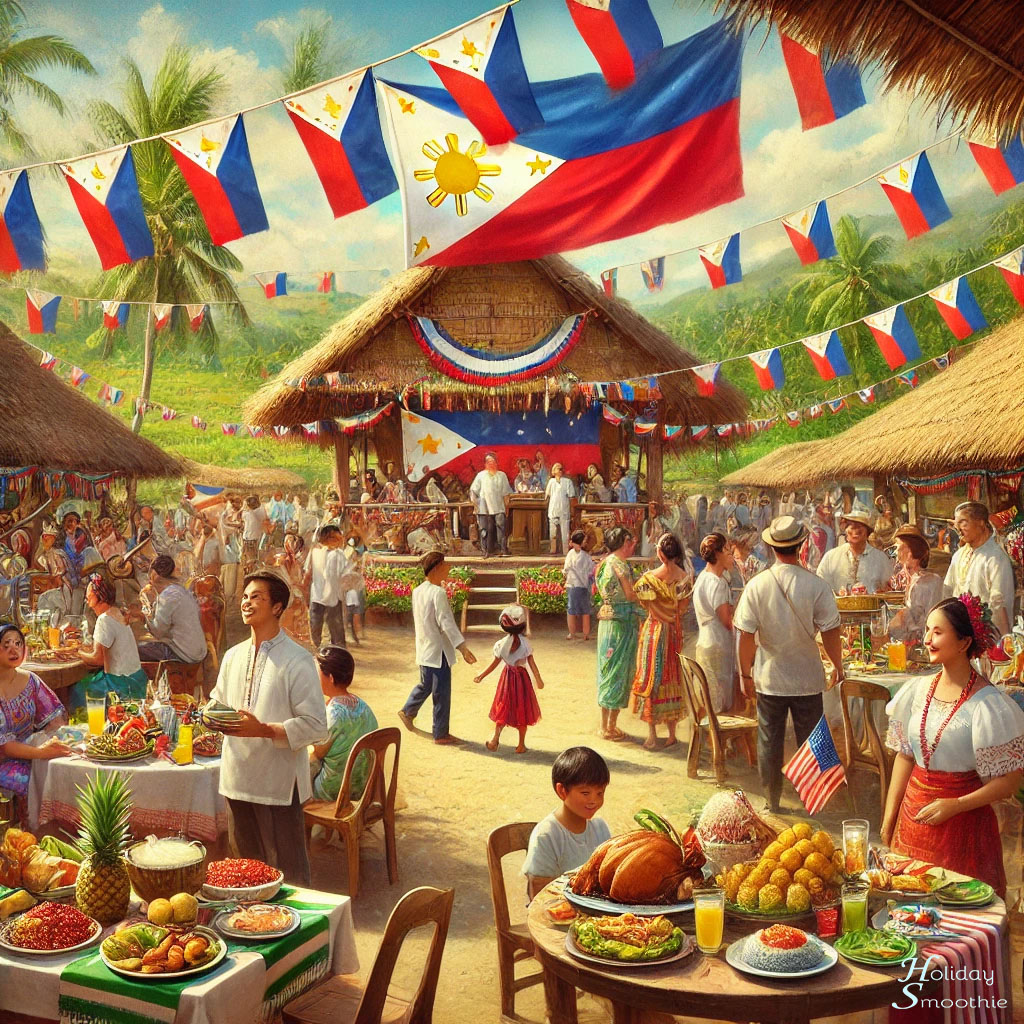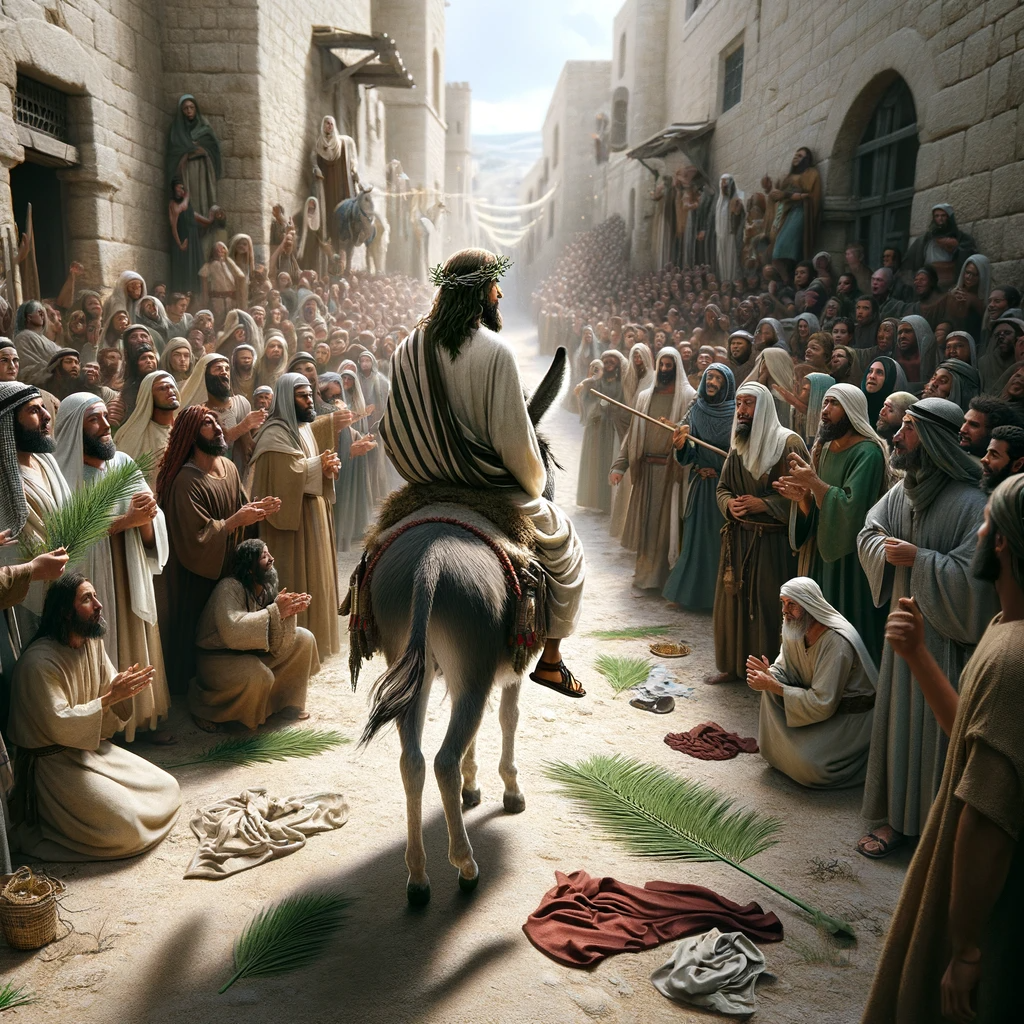Good Friday, a pivotal event within Christianity, is observed during Holy Week on the Friday preceding Easter Sunday. It commemorates the crucifixion of Jesus Christ and his death at Calvary. The significance of Good Friday lies not only in the event itself but also in the theological implications.
- Theological Significance:
- Redemption and Sacrifice: For many Christians, Good Friday is a day to remember and mourn Christ’s death by crucifiction. The crucifixion is seen as the fulfillment of prophecies and a pivotal event in human salvation.
- Reflection and Repentance: It’s a time for introspection and penance, reflecting on one’s own life and the broader human condition in light of the suffering of Christ.
- Observances and Traditions:
- Variations Across Denominations: The way Good Friday is observed can vary significantly. For instance, in the Roman Catholic Church, it’s a day of fasting and solemnity with services that include the reading of the Passion of Christ, veneration of the cross, and Communion from the reserved Host. In contrast, some Protestant denominations focus on a service of darkness, often called Tenebrae, where candles are gradually extinguished to symbolize the approaching darkness of Jesus’s death.
- Bottom Line: Regardless of the physical celebration, the intent of each celebration is to remember the act of crucifixion and the importance it plays in the atonement of sin. Once the punishment of death was accomplished for the sins of humanity, it became possible for humanity (individuals) to respond to God under a new covenant and establish a permanent relationship which could not be broken by humanity as it had so many times in the past.
- Contemporary Reflections and Challenges:
- Relevance in Modern Society: In an increasingly secular world, the challenge for many is finding relevance in these ancient traditions. Fortunately, The ever present desire by God to be in relationship with humanity overshadows any modern interpretation that so often leads individuals away from God rather than to God.
- Personal Reflection and Community Involvement:
- Individual Reflection: Beyond the communal observances, Good Friday invites individual believers in Jesus Christ to a personal encounter with the themes of sacrifice, forgiveness, and renewal.
In discussing Good Friday, it’s evident that its significance extends beyond a mere historical commemoration. It invites a multifaceted reflection on sacrifice, redemption, and the human condition, offering a rich tapestry of theological, cultural, and personal dimensions to explore.
.
Recipe: “Good Friday Reflection Smoothie”
This smoothie is thoughtfully crafted for Good Friday, with each ingredient chosen for its symbolic significance related to the day’s solemn commemoration and its nutritional value, offering a reflective and nourishing experience.
Ingredients:
- Purple Grape Juice (1 cup): Symbolizes the wine used at the Last Supper and represents the blood of Christ. Grape juice is rich in antioxidants and beneficial for heart health.
- Barley Bread (1 slice, crumbled): Barley was a common bread in Biblical times, symbolizing the Last Supper. It adds fiber and a unique texture to the smoothie.
- Figs (2, fresh): Figs are mentioned in the Bible and symbolize the fruits of the Holy Land. They add natural sweetness and are high in fiber and essential minerals.
- Olive Oil (1 teaspoon): Olive trees are prominent in biblical stories. Olive oil represents peace and healing, adding healthy fats to the smoothie.
- Honey (1 tablespoon): Symbolizes the sweetness of spiritual life and the hope amidst suffering. Honey adds natural sweetness and has antibacterial properties.
- Cinnamon (1/2 teaspoon): Common in ancient Middle Eastern cuisine, cinnamon symbolizes the spices used for anointing. It adds a warm flavor and has anti-inflammatory properties.
- Almond Milk (1 cup, unsweetened): Almonds are mentioned in the Bible and symbolize watchfulness. Almond milk provides a dairy-free base, rich in vitamin E and low in calories.
- Spinach (1 handful): Represents the bitter herbs and the sorrow of Good Friday, while also symbolizing renewal. Spinach is rich in vitamins A, C, and K, iron, and folate.
Instructions:
- Prepare Ingredients: Crumble the barley bread into small pieces. Rinse the spinach leaves.
- Blend: Combine purple grape juice, crumbled barley bread, figs, olive oil, honey, cinnamon, almond milk, and spinach in a blender. Blend until smooth.
- Serve: Pour into a glass and, if desired, garnish with a small fig slice or a sprinkle of cinnamon.
Nutritional Information (per serving):
- Calories: Approximately 350-400 kcal
- Protein: About 5-6 grams
- Fiber: Roughly 7-8 grams
- Fat: Approximately 9-10 grams (mostly from healthy fats like olive oil)
- Carbohydrates: About 65-70 grams
- Vitamins & Minerals: High in vitamins A, C, E, K, iron, calcium, and magnesium
This “Good Friday Reflection Smoothie” intertwines the symbolism of Good Friday with nutritious ingredients, offering a way to reflect on the day’s significance while nourishing the body.
Here is the “Good Friday Reflection Smoothie”. The smoothie in the tall glass reflects the combination of ingredients such as purple grape juice, crumbled barley bread, fresh figs, olive oil, honey, cinnamon, almond milk, and spinach, garnished with a small fig slice and a sprinkle of cinnamon. The setting is calm and serene, aligning with the reflective nature of Good Friday.







